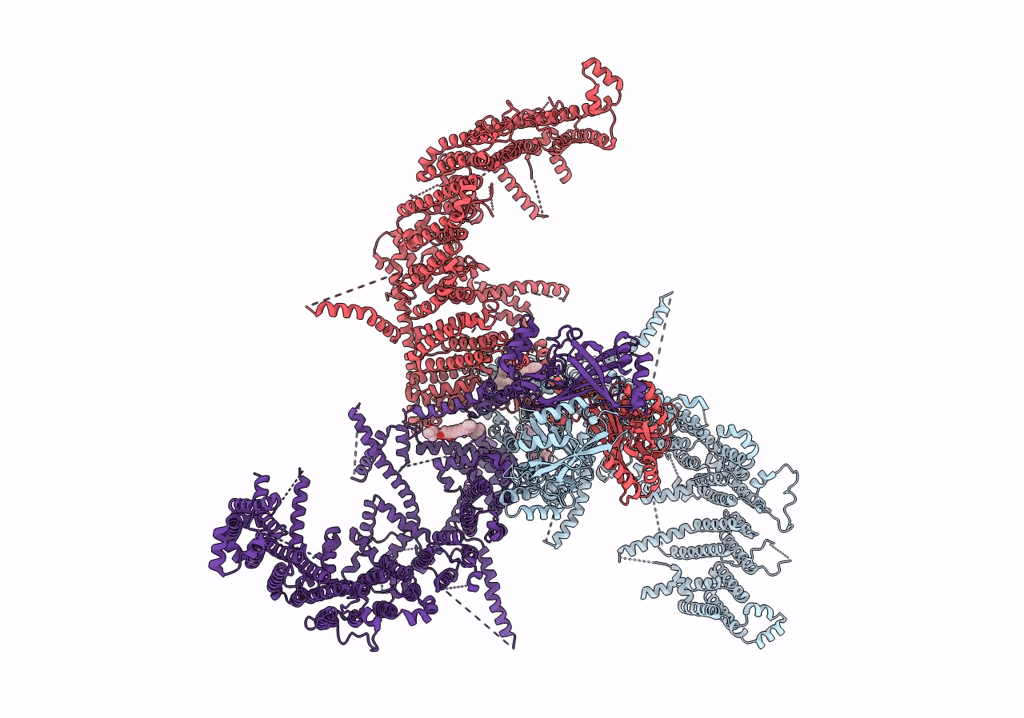
Deposition Date
2022-01-13
Release Date
2022-04-13
Last Version Date
2024-06-26
Method Details:
Experimental Method:
Resolution:
6.81 Å
Aggregation State:
PARTICLE
Reconstruction Method:
SINGLE PARTICLE


